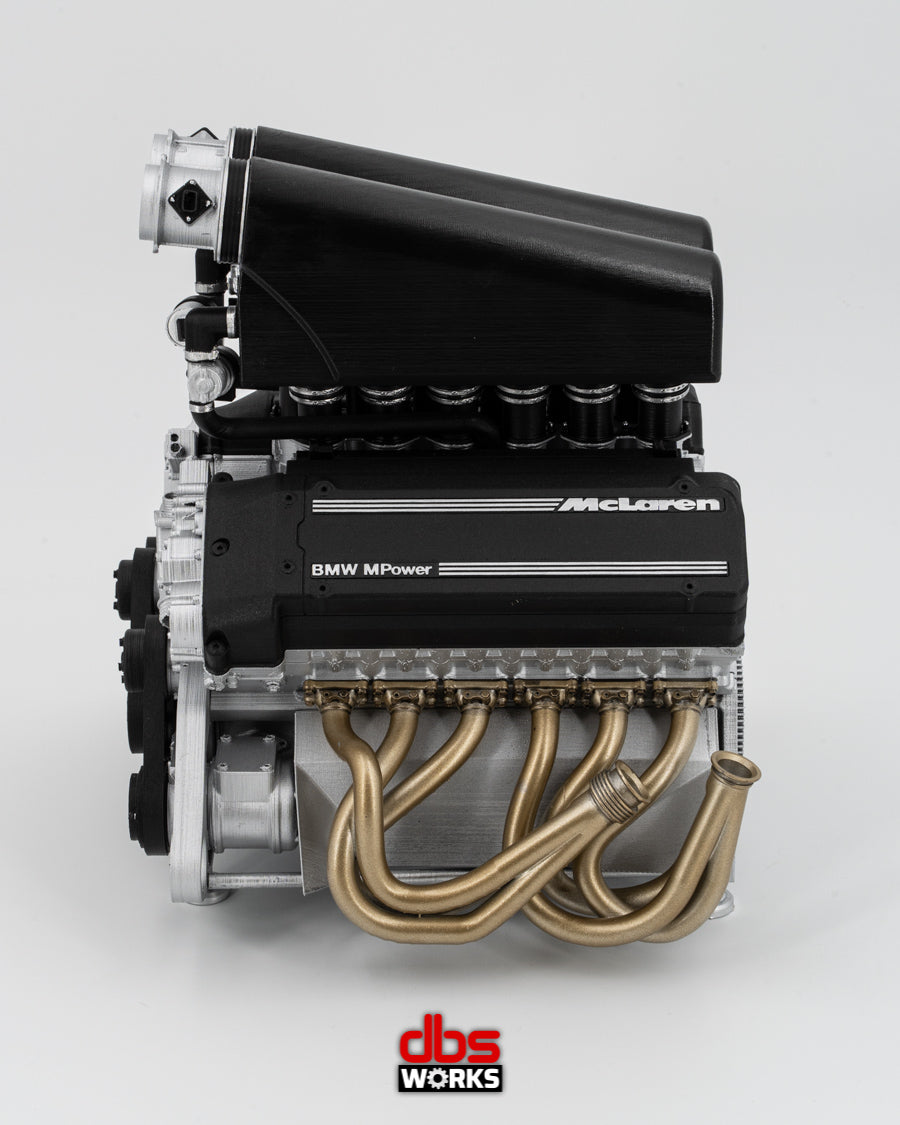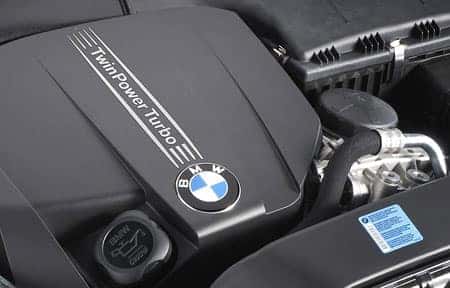A New user's Guide to Picking the Right BMW Engine for Your Requirements
A New user's Guide to Picking the Right BMW Engine for Your Requirements
Blog Article
Discovering the Advancement of Burning Engines in Modern Transport Solutions
As we browse the landscape of contemporary transport, the development of combustion engines stands as a testimony to human resourcefulness and engineering prowess. From their modest beginnings to the sophisticated powerhouses pushing vehicles today, combustion engines have actually undergone an amazing journey of advancement and adaptation. Recognizing the complexities of this advancement not just clarifies the past but likewise paves the means for envisioning what lies ahead in the world of transportation modern technology. The interplay of history, innovation, and ecological worries in forming the trajectory of burning engines develops a narrative that is both insightful and compelling.
Early Beginnings of Combustion Engines
Exactly how did the principle of combustion engines first emerge in the beginning of transportation development? The roots of burning engines can be traced back to the 17th century when the concepts of interior burning were initial checked out. In 1673, Christian Huygens conceptualized a fundamental internal burning engine that utilized gunpowder to produce power. Nonetheless, it had not been till the late 19th century that practical applications of burning engines in transportation began to emerge.
The advancement moment included the invention of the first effective gasoline-powered engine by Karl Benz in 1885 - bmw engine. This engine led the method for the advancement of the modern-day automobile, reinventing transport systems worldwide. Subsequent developments by Nikolaus Otto and Gottlieb Daimler further refined combustion engine innovation, resulting in the automation of cars and the fast expansion of the transportation sector
These early combustion engines were identified by their simplicity and performance, laying the structure for the complex and powerful engines utilized in modern transport systems. The advancement of burning engines has actually been crucial in forming the means we take a trip and move products, marking a substantial turning point in the background of transport advancement.
Change to Internal Combustion Technology
The shift to internal combustion innovation noted a critical shift in the development of transportation systems. This change began in the late 19th century, with developers like Nikolaus Otto and Gottlieb Daimler creating the initial successful internal burning engines. These engines changed transportation by supplying a much more reliable and effective alternative to steam engines and electrical motors.
Among the vital benefits of inner combustion engines was their ability to be scaled down to fit right into cars, resulting in the advancement of autos and bikes. This shift from large, stationary engines to portable, mobile ones paved the means for the modern-day transport systems we see today.
The transition to inner combustion innovation likewise spurred innovations in fuel technology, bring about the development of gas and diesel as main fuel sources for vehicles. This shift not only made transport more accessible to the masses however also laid the foundation for the oil and gas sector to become integral to worldwide economies.
Impact of Combustion Engines on Transport
The fostering of burning engines in transportation systems catalyzed an extensive change in the effectiveness and speed of global wheelchair. Combustion engines reinvented transport helpful site by supplying a trusted and versatile resource of power for various vehicles, consisting of autos, ships, trucks, and planes. This innovation dramatically enhanced the capacity for items and individuals to move over fars away in shorter timespan, causing increased connection in between regions and countries.
Moreover, the widespread use burning engines has actually had a considerable influence on financial growth. The capability to carry products successfully has actually stimulated profession and business, enabling businesses to increase their markets and get to consumers worldwide. This has actually assisted in economic growth and globalization, as items can now be moved much faster and in bigger quantities than ever in the past.
Nevertheless, the environmental effect of combustion engines can not be neglected. The burning of nonrenewable fuel sources has actually caused air contamination and greenhouse gas discharges, adding to environment adjustment and positioning health threats to populaces. bmw engine. Therefore, there is a growing focus on creating different propulsion technologies to mitigate these adverse effects look what i found and develop an extra sustainable future for transport
Advancements in Combustion Engine Layout
One notable innovation is the growth of turbocharged engines, which make use of exhaust gases to drive a wind turbine that presses incoming air, permitting for even more fuel to be charred, resulting in increased power outcome without a significant boost in engine dimension. Variable shutoff timing systems have additionally changed engine style by maximizing air movement at various engine speeds, boosting both power and efficiency. These innovations collectively contribute to the continuous renovation of combustion engines in modern-day transportation systems.
Future Fads in Combustion Engine Advancement
With innovation improvements driving continual advancement, the future of combustion engine advancement is positioned to reinvent transportation systems internationally. Among the vital fads in combustion engine development is the push in the direction of better effectiveness and decreased discharges. Suppliers are investing heavily in study and growth to improve engine performance while satisfying rigorous environmental laws. This includes the combination of advanced gas shot systems, boosted turbocharging methods, and using lightweight products to optimize gas usage and minimize carbon exhausts.
An additional noticeable fad is the adoption of hybrid technologies in combustion engines. Hybrid engines integrate conventional combustion modern technology with electrical power, supplying improved fuel effectiveness and reduced exhausts. As the vehicle sector changes towards electrification, crossbreed combustion engines are viewed as a transitional solution that bridges the gap in between conventional vehicles and totally electrical ones.
In addition, the assimilation of smart modern technologies, such read review as expert system and data analytics, is anticipated to play a substantial role in the future of combustion engine growth. These technologies can enhance engine efficiency in real-time, causing extra efficient burning procedures and enhanced total car efficiency. Embracing these future trends will certainly not just drive advancement in combustion engine development yet additionally add to a much more environmentally pleasant and sustainable transportation community.

Conclusion
In verdict, the advancement of combustion engines in modern transport systems has actually been marked by substantial developments in modern technology and layout. From the very early beginnings of burning engines to the transition to interior combustion technology, these engines have actually had a profound impact on transport.
The origins of burning engines can be traced back to the 17th century when the principles of interior combustion were first discovered. These engines revolutionized transportation by providing a more effective and efficient choice to steam engines and electrical motors.

Report this page